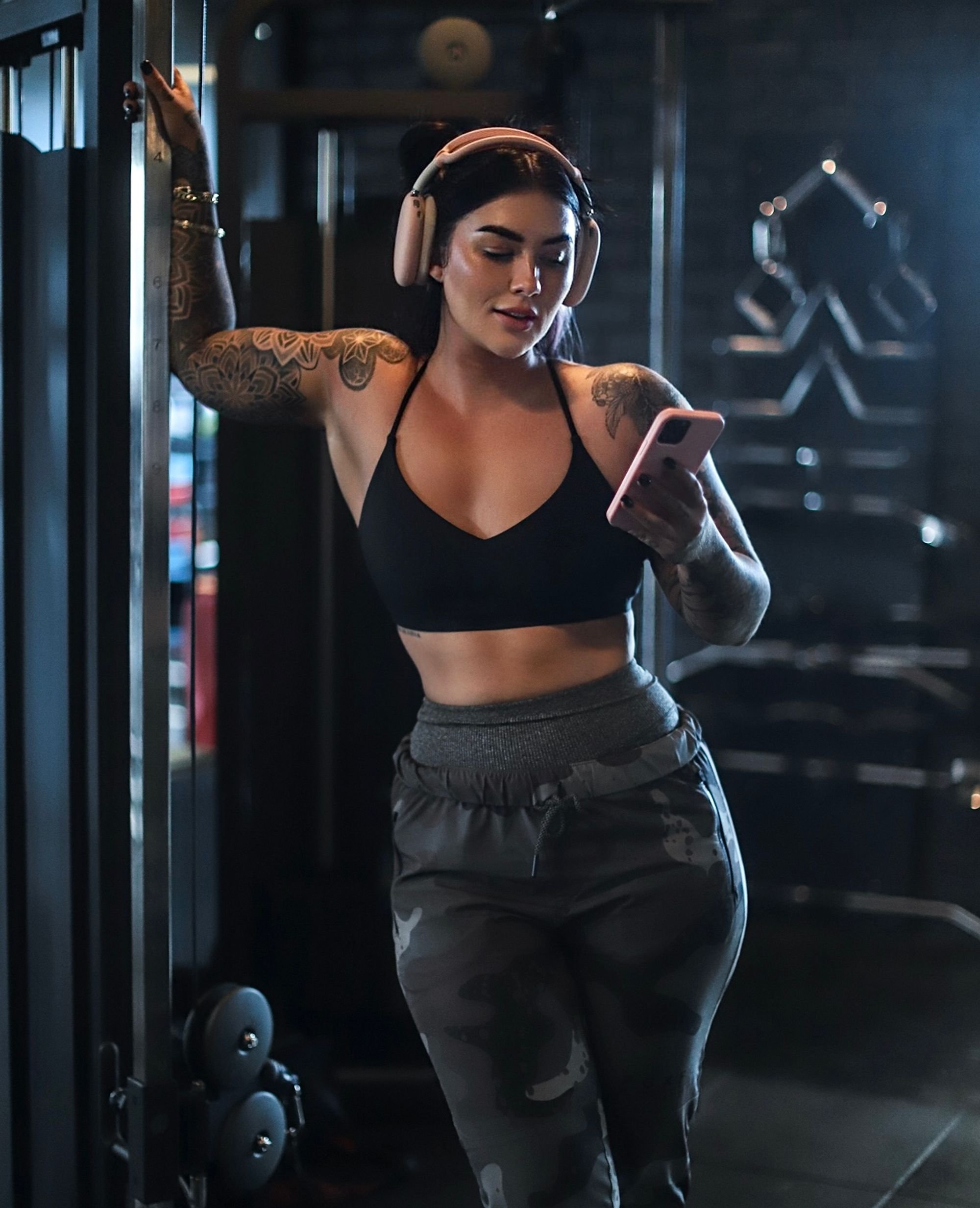Build Your Perfect Training Plan (Without Burning Out!)
Build Your Perfect Training Plan (Without Burning Out!)
Want to create a training plan that will help you to achieve your fitness goals this year? It’s common for people to get caught in the whirlwind of New Year’s resolutions, and go too hard, too quickly. The right exercise plan for you is one that has a realistic balance between your current lifestyle and the training you want to implement.
While there are some exceptions (such as athletes and fitness competitors), there are some general guidelines and tips that apply to most. Use these steps to create your ideal training plan based on the time you have available.
Your workout structure
First up, decide on how many days per week you can realistically train for. This can depend on your work, family and other commitments.
Here are some examples of what your workouts might look like, based on your training frequency:
3 days per week
Include at least one full body workout. Choose one exercise per muscle group, with a total of 8-12 exercises per workout.
If your time is limited, consider a circuit-style workout.
4 days per week
Break this down into two sets of two workouts, with each including 3-4 muscle groups per workout. Ensure you have at least one day of rest between each training cycle.
5 days per week
Break this down into 3 workouts, with each including 2 muscle groups.
6 days per week
If you want to hit each muscle group twice per week, you can do this with a 6 day program. Each day, include 2 muscle groups, and ensure the 7th day is a full day of recovery.
Looking for a training plan that’s done for you?
No matter where you’re working out, I have an option to suit you here.
Which exercises should I do?
There are factors we need to consider when choosing the exercise types for each muscle. You’ll want to follow a basic set of rules to protect your muscles and joints while still progressing towards your fitness goals.
#1 – If you have a problem muscle group (due to injury or imbalance), start with that group
This ensures that you don’t skip it due to fatigue. But at the same time, it also means you are performing it with the greatest attention and energy, which will mean faster progress in that area.
#2 – Do your large muscle group movements before small muscle groups
Common examples of this in a training program are:
Lats and traps before biceps
Shoulders before triceps
Quads before calves
#3 – Perform your multiple-joint movements before isolation movements
The multiple-joint exercises will involve the larger muscle groups, and will have something like squat/lunge/press/pull/row in the name.
Isolation movements only involve one joint. The name may include pull-down/press-down/raise/fly/extension/curl. They tend to involve smaller muscle groups or a large muscle in isolation e.g. hamstring curl.
Some typical examples of what this looks like in a training program include:
Bench press before chest fly or tricep extension
Squats, lunges and/or leg press before leg extension or hamstring curls
Lat pulldowns before bicep curls
#4 – Use free weights (dumbbells/barbells) before machines
You have more energy and therefore greater control over the free weights at the beginning of your session. By using free weights first, it reduces the risk of injury. Machines are safer to use when you’re already fatigued, as there’s no need to control the movement.
#5 – Change the angle of exercise on large muscle groups
If your goal is to develop the muscle completely, this is a must. You want to target each angle of the muscle during your training, particularly if you are performing the exercises one after the other.
Some examples of this include:
Narrow and wide-leg stance for leg press and squats
Flat, incline and decline bench press for pectoral workouts
Front, mid and rear angles for deltoid workouts
Feeling overwhelmed by all of this?
If you’re unsure about the terminology or the right exercises to do, don’t worry! I’m here to help. Make sure you check out my training programs - all of these factors have already been considered and included for you.
Don’t neglect individuality
Every individual is unique and will respond differently to the same training. This can be due to a variety of factors, including:
Age
Training age (how long you’ve been working out for)
Sex
Body size and shape
Past injuries
Lifestyle and diet
Underlying health concerns
These can determine what the right plan is for you. If this is something you need tailored support with, learn more about my private coaching program here.
Looking to step your fitness game up in the New Year?
No matter whether you’re training at the gym or at home, my programs can help you to build strength, boost your confidence and support your health goals.
Choose from:
Hey there, I’m Rachel!
NUTRITIONIST, PERSONAL TRAINER, WELLNESS COACH
Here I share healthy recipe ideas, training plans, and nutrition & wellness advice you need to know.
Check out my free guide to healthy eating to design your own version of a healthy lifestyle so that you can feel energised and vibrant, or hire me to work my magic on your health through mindset, nutrition, and movement.
While we make every effort to make sure the information in this website is accurate and informative, the information does not take the place of medical advice.


